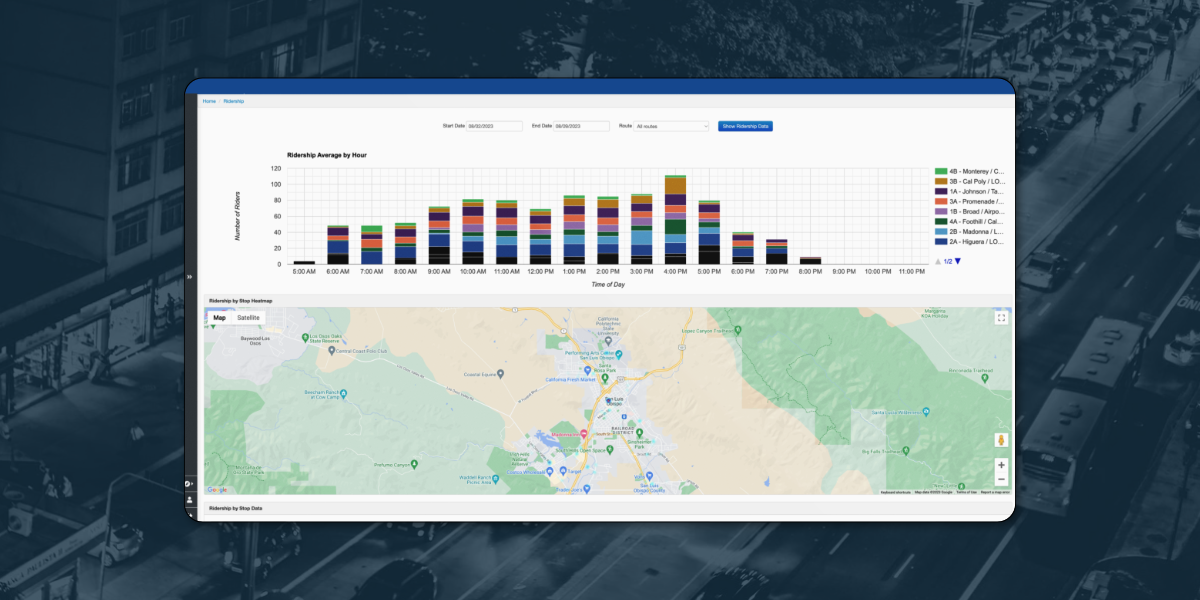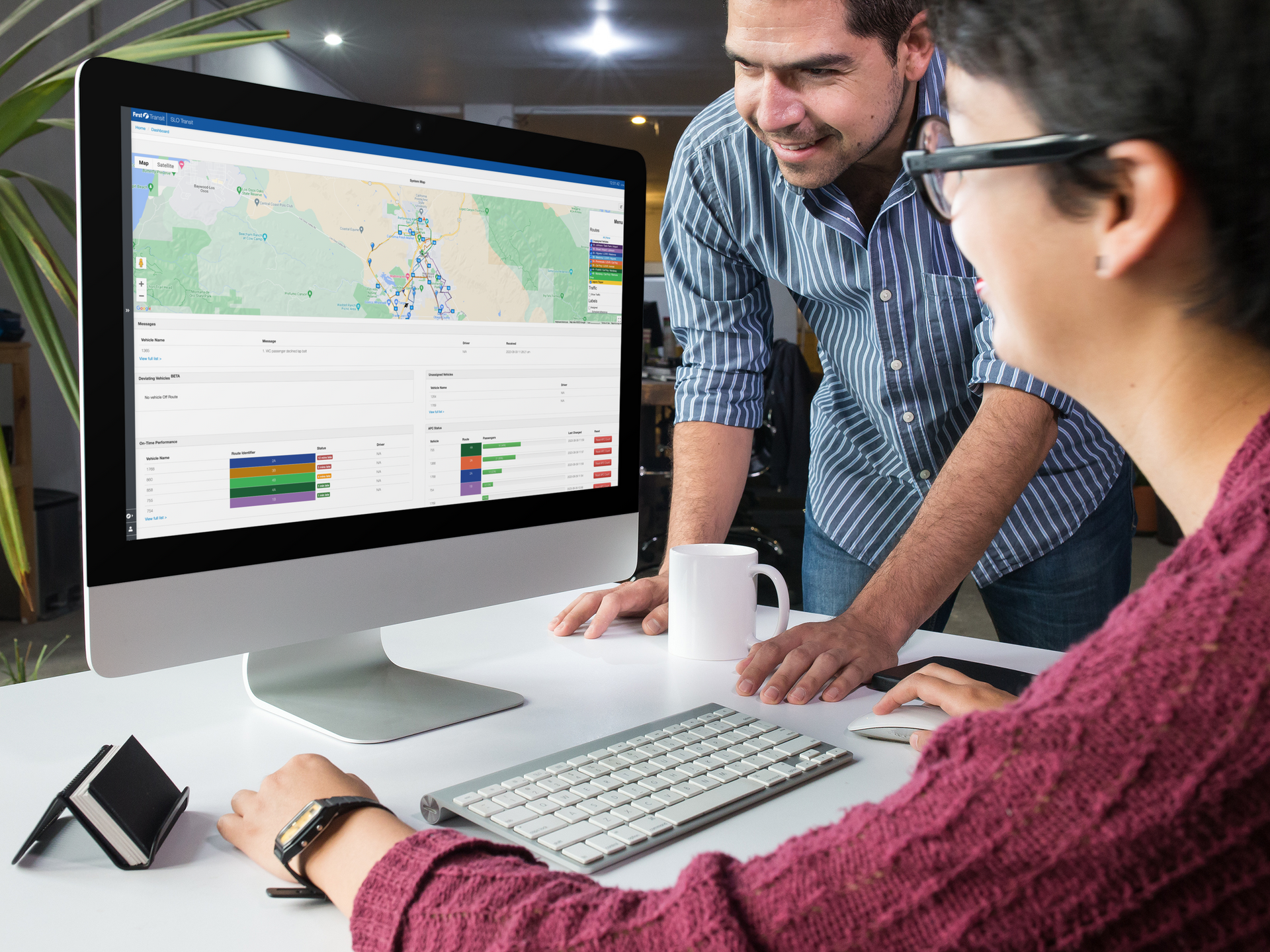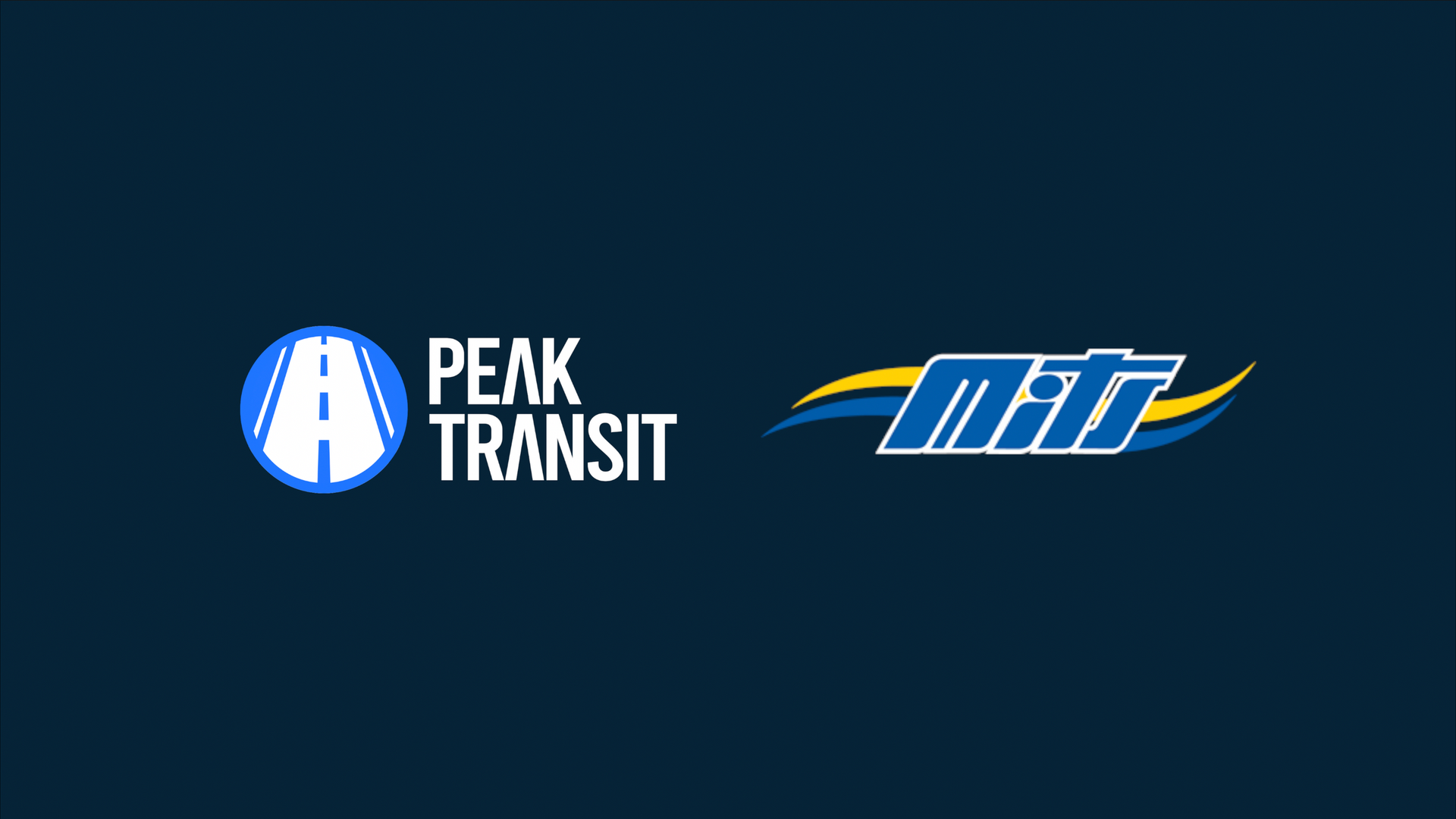
In the world of public transportation and urban planning, the acronym GTFS is frequently used, but its meaning may not be immediately clear to everyone. GTFS stands for General Transit Feed Specification, and it plays a crucial role in modernizing public transportation systems and improving the overall commuter experience. In this blog post, we will delve into the meaning of GTFS, its significance, and how it revolutionizes the way we access and use public transit information.
Understanding GTFS
At its core, GTFS is a data format and specification developed by Google in collaboration with transit agencies. It provides a standardized way for public transit agencies to share their data with the public, including information on routes, schedules, and geographic data. GTFS files typically come in the form of text files, making it accessible and easy to work with for developers, app creators, and anyone interested in public transit data.
Components of GTFS
GTFS data is organized into several key components, each of which serves a specific purpose:
- Agencies: Information about the transit agencies that provide the data.
- Routes: Details on the different transit routes offered by the agency.
- Stops: The locations where passengers can board or alight from transit vehicles.
- Trips: Schedules for specific trips on a given route.
- Stop Times: Arrival and departure times for each stop on a trip.
- Calendar: Information about service dates, exceptions, and holiday schedules.
- Fare Attributes: Pricing and fare information for various trips.
- Shapes: Geospatial data representing the shape of transit routes.
Why GTFS Matters
Now that we have a clear understanding of what GTFS is, let's explore why it matters and its significance in the realm of public transportation:
- Accessibility and Information Sharing: GTFS enables transit agencies to share their data with third-party developers, app creators, and the general public. This open data format promotes transparency and accessibility, allowing commuters to access up-to-date information on transit routes and schedules.
- Innovation and App Development: GTFS has spurred the creation of countless transit apps and services. Developers can use GTFS data to build applications that help users plan their trips, find the nearest stops, and receive real-time updates on transit delays and service disruptions.
- Improved Commuter Experience: With GTFS-powered apps, commuters can make more informed decisions about their travel, leading to reduced wait times, better route planning, and an overall improved transit experience.
- Interoperability: GTFS is widely adopted and used by transit agencies worldwide. Its standardized format ensures that transit data can be easily shared, integrated, and compared across different agencies and regions, promoting interoperability and seamless travel between various transit systems.
- Data-Driven Decision Making: Transit agencies can use GTFS data to analyze ridership patterns, plan more efficient routes, and optimize their services based on real-world data. This data-driven approach can lead to cost savings and more responsive public transportation systems.
Conclusion
In conclusion, GTFS, or General Transit Feed Specification, is a standardized data format that has transformed the way we access and use public transit information. It empowers transit agencies, developers, and commuters alike by providing a common language for sharing and utilizing transit data. As public transportation continues to evolve









